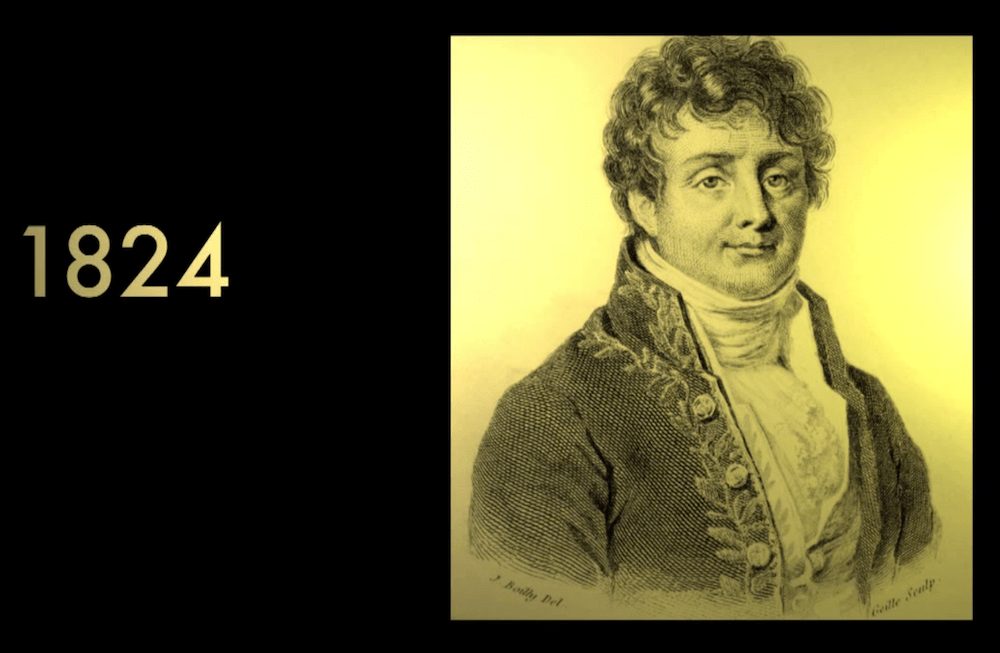
A 60 Second History Lesson
While the ‘Greenhouse Effect’ has been known for nearly 200 years it was not until the 1950’s with the aid of studies funded by the US military that the major components of the theory were well understood. This largely had to do with understanding the atmospheric composition in the stratosphere but there are many interesting pieces to the puzzle of climate science.
The history of modern climate science pertaining to human influence began in 1824 when Joseph Fourier discovered the Greenhouse Effect. While there were some scientific discussions about the validity of the theory in the late 1800’s and early 1900’s, those scientific arguments were laid to rest in the 1950’s when the US military conducted upper atmosphere studies pertaining to ballistic missile flight for weapons delivery. From this point onward, one can confidently say that it was well known that increased emissions from human greenhouse gas output would continue to warm the planet.
In the 1970’s, when the Milankovitch cycles were confirmed, it could then be said that we had a reasonable understanding of the major forcings in the natural cycle. While short term natural variability was still in play, we had set the climate of earth on a new path, that of warming.
Major Climate Science Findings
- 1824 – Joseph Fourier discovered the greenhouse effect.
- 1859 – John Tyndall discovered that H2O and CO2 absorb infrared confirming the Fourier greenhouse effect.
- 1896 – Svante Arrhenius proposed human CO2 emissions would prevent earth from entering next ice age (challenged 1906).
- 1950’s Guy Callendar found H2O and CO2 did not overlap all spectra bands, therefore warming from CO2 expected (countered the 1906 objections against Arrhenius).
- 1955 – Hans Suess identified the isotopic signature of industrial based CO2 emissions.
- 1956 – Gilbert Plass calculated adding CO2 would significantly change radiation balance.
- 1957 – Revelle/Suess suggested oceans would absorb less CO2 causing more global warming than predicted.
- 1958/60’s – Charles David Keeling proved CO2 was increasing in the atmosphere.
- 70’s/80’s Suke Manabe and James Hansen began modeling climate projections.
- Current: NCAR, GISS, Hadley, CRU, RSS TLT, UAH, MSU, Glacier Melt, Sea Level Rise, Latitudinal Shift all confirm models.
A Climate Minute – History of Modern Climate Science
Unite America with The Centrist Party
- Enough is enough. We must unite to reclaim our government. Join the Centrist Party. Work together to heal our nation and return balance in governance and common sense for the nation and the people.
The Centrist News
Check out Centrist News & Perspectives for centrist media intelligence:
Recent Comments